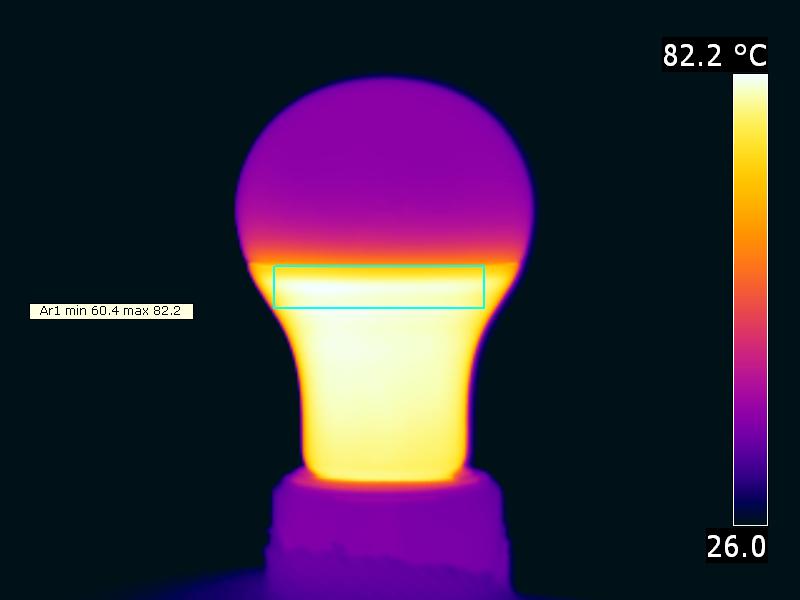Ca++
Well-known member
I knew you were drawing that lol
Perhaps with the plate mounted on one lamp, you could put few mm of water in a metal kitchen sink, and lay your lamp in the sink, just like we were told never to. It would serve as an initial test, of how well an edge cooled plate might work. Copper/alloy/jam jar lid. Whatever you have to hand, before investing
Perhaps with the plate mounted on one lamp, you could put few mm of water in a metal kitchen sink, and lay your lamp in the sink, just like we were told never to. It would serve as an initial test, of how well an edge cooled plate might work. Copper/alloy/jam jar lid. Whatever you have to hand, before investing




